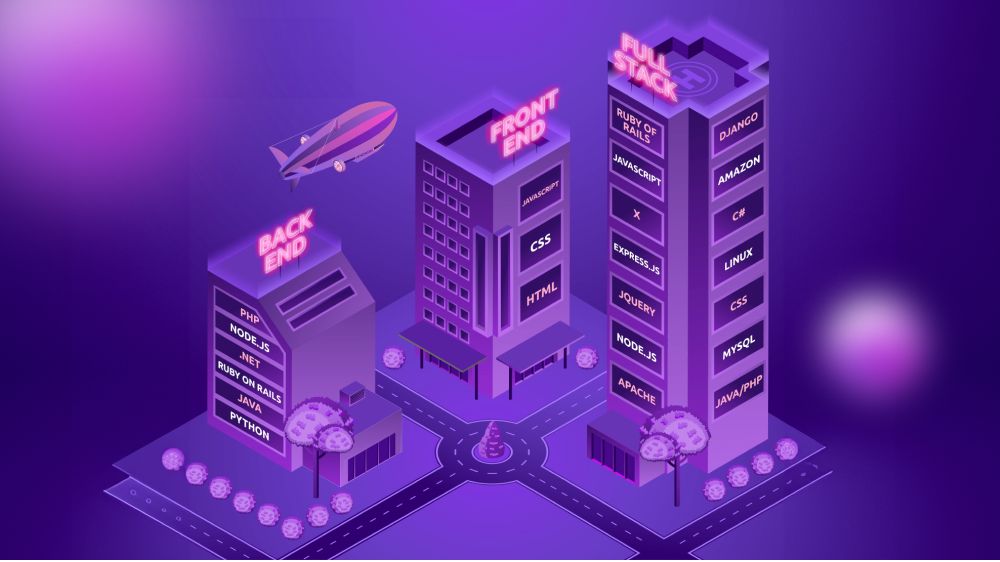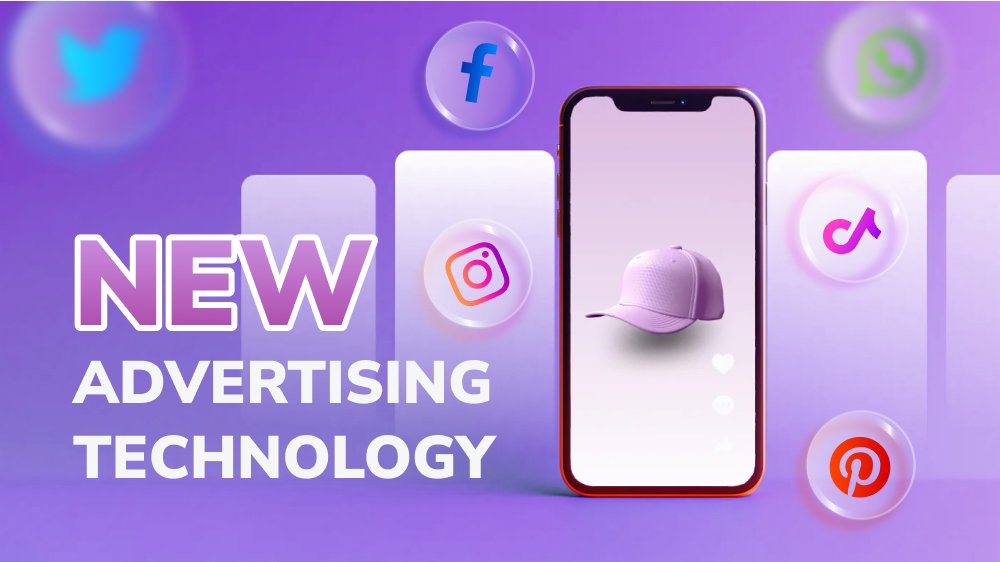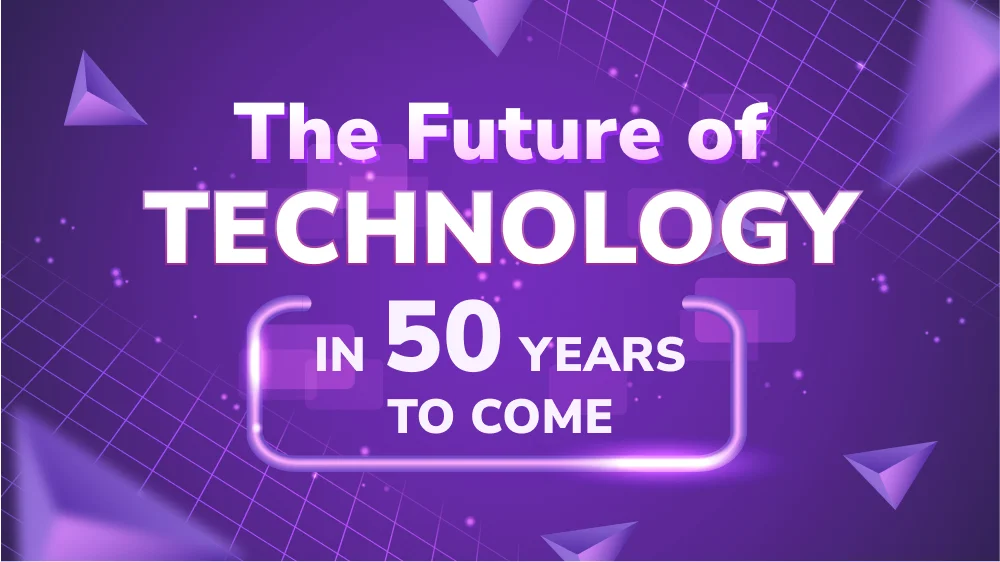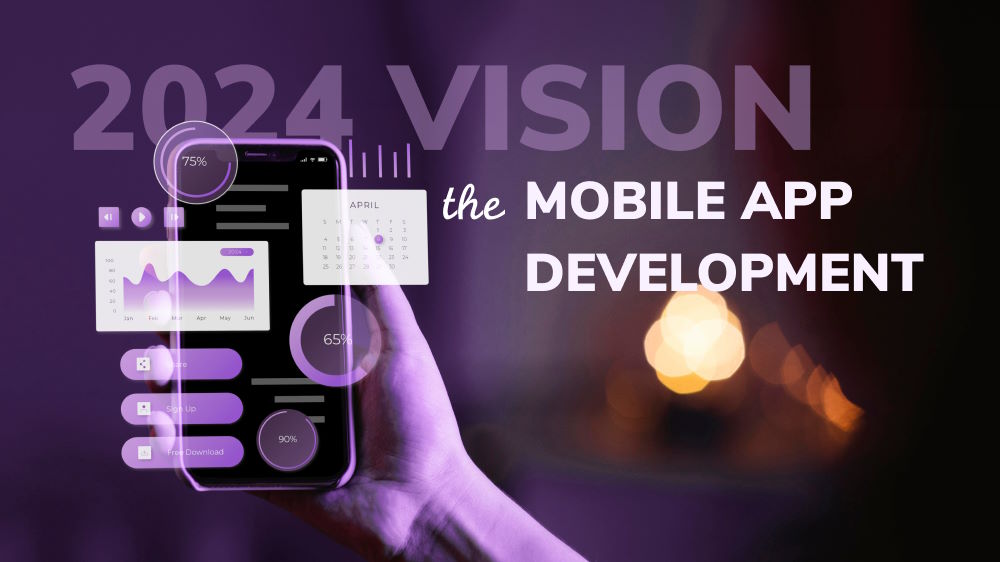Top 7 New Technologies 2024 - Watch Out for Them
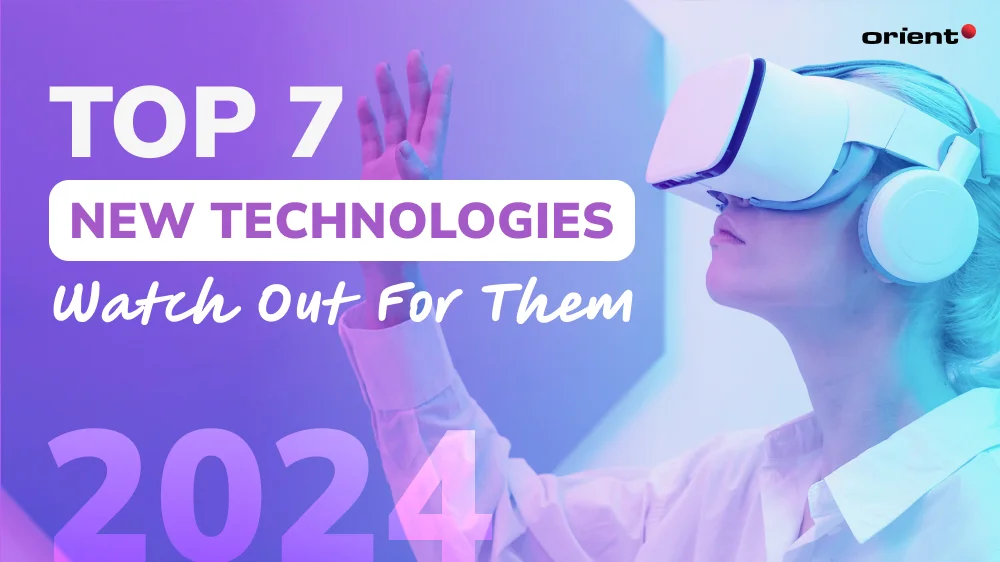
Content Map
More chaptersFrom generative artificial intelligence (AI) to mixed-reality headsets to lab-grown meat, there are a lot of promising new technologies in 2024.
Over 4,300 exhibitors presented new technologies at the Consumer Electronics Show (CES) in January 2024. Products like transparent TVs, AI gadgets, and companion robots garnered the most attention from the press. While these products are interesting, some are still in the early stages and are years away from mass production.
In this article, we will cover seven new technologies in 2024 that we think will reshape the technological landscape shortly.
Seven Emerging Technologies in the Tech Industry
Predicting the next big thing in the tech industry is not easy. A few years ago, the metaverse, blockchain, and non-fungible tokens (NFTs) were all the rage. Nowadays, you will be hard-pressed to find companies promoting those technologies. Only time will tell how emerging technologies like generative AI will fare.
Let’s look at seven new technologies in 2024 that we think will outlive the hype.
Generative AI

What is it: Ever since the first release of ChatGPT in November 2022, the AI boom has been in full effect. Seemingly, all tech companies, from Microsoft to Oracle to Amazon, are integrating AI into their services.
Most AI integrations are chat interfaces with text, voice, and image capabilities (computer vision). They are powered by deep learning models and large language models, using machine learning to train on big data and mimic the learning and decision-making process of the human brain. Once trained, you can type in a question or set of instructions, and the software will fulfill your request accordingly. For example, you can use Microsoft Copilot in Outlook to summarize an email thread in a few sentences.
Will the AI trend last? Who knows. Gartner predicts that over 50% of generative AI models that enterprises use will be specific to an industry or business function by 2027 – up from around 1% in 2023. Enterprise leaders are already using AI and robotic process automation to automate business functions. However, skeptics are wary of the technology’s environmental costs (carbon emissions) and reliance on copyrighted material to generate content.
Real-world applications in 2024:
- Office productivity assistants (Microsoft Copilot, ChatGPT, Bing AI)
- AI-powered digital assistants in cars (Volkswagen, Mercedes Benz)
- AI gadgets with voice assistance (Rabbit R1)
Qi2 Wireless Charging
What is it: Qi2 is a new open wireless charging standard by the Wireless Power Consortium. The original Qi standard was established in 2008, and the new Qi2 standard was officially announced in November 2023.
The new Qi2 standard aims to make wireless charging faster, more accurate, and more accessible to a wider range of devices. It supports up to 15w of power – three times higher than Qi (5w). Qi2 charging devices feature a Magnetic Power Profile (MPP), which allows for quick alignment on charging and are backward compatible with Qi devices. Even if a device cannot take advantage of the higher power output and MPP for quick alignment, it can still be charged by a Qi2 charger.
While the new Qi2 standard was only launched late last year, companies are already releasing Qi2-certified chargers and updating older devices to be Qi2 compatible. Anker has released a wide range of Qi2 wireless chargers, including the MagGo Power Bank (6.6k, 15w) and the Wireless Charging Station (Foldable 3-in-1).
Real-world applications in 2024:
- Anker Qi2 MagGo Wireless Chargers
- iPhone 15 (and software application updates for older devices to support Qi2 wireless charging)
- ESR Magnetic Wireless Car Charger
Bluetooth Auracast
What it is: Bluetooth Auracast is a new feature of the Bluetooth Low Energy (LE) standard. The LE standard, announced by the Bluetooth Special Interest Group (SIG) at CES 2022, is the next generation of Bluetooth audio.
The purpose of the new spec is to be more energy efficient and offer better sound quality than the previous standard. According to SIG, Bluetooth LE Audio can compress a 1.5 Mbps audio stream to 160 Kbps yet still offer better perceived audio quality than the previous compression of 345 Kbps.
So, what is Bluetooth Auracast? It is an improved version of a previously introduced feature called Audio Sharing, which allows two devices to share each other’s audio stream. Auracast improves on this feature by allowing audio sharing with a wider variety of devices – smartphones, laptops, tablets, smartwatches, earbuds, TVs – and up to distances of 100m.
For example, a person wearing Bluetooth hearing aids can have a PA announcement transmitted straight to their device. Or someone can use their Bluetooth earbuds to tune into the audio stream of a silent TV playing at a bar.
Real-world applications in 2024:
- Any device that supports Bluetooth 5.2 or later, as well as the new Public Broadcast Profile (PBP) spec in the new Bluetooth LE Audio standard, can use Auracast.
- Momentum True Wireless 4, Samsung Galaxy Buds 2 Pro, and Philips Fidelio L4 headphones.
Mixed-Reality Headsets

What is it: Mixed-reality headsets are wearable devices. They let you interact with the virtual and physical world through an on-screen interface and real-world actions like eye tracking and hand gestures. They are a natural advancement of virtual reality and augmented reality.
Unlike virtual reality, which does not bring in elements of the real world into digital spaces, mixed reality does through spatial computing. It has screen overlays and holographic projections that you can interact with in a natural way.
For example, you can wear mixed-reality headsets that display your operating system on a holographic projection. From there, you can interact with it by using hand gestures or eye tracking. Without using a mouse and keyboard, you can type, drag and drop files, and browse the web.
Real-world applications in 2024:
- Release of Apple Vision Pro
- Xreal Air 2 Ultra glasses
- Upcoming Samsung XR/VR headset
Exascale Computing
What is it: In 2022, the Oak Ridge National Laboratory in Tennessee debuted Frontier. At the time, industry experts claimed it was the fastest supercomputer the world had ever known, capable of performing 1 quintillion (1018) floating-point operations per second. Since then, two more U.S-based exascale computers are preparing to come online (El Capitan, Aurora), followed by Jupiter in Europe later this year.
While exascale computing is still in its infancy, we are starting to see real-world applications for the technology. In 2021, NVIDIA uploaded a video demonstrating an exascale simulation of COVID-19, which combined the computing power of more than 200,000 NVIDIA GPUs and other computing resources (cloud computing and edge computing) to simulate the dynamic behavior of the COVID-19 spike.
Gene-Edited Therapy
What is it: In late 2023, two new gene therapies were approved in the UK to treat sickle cell disease, a group of red blood cell disorders that affect the hemoglobin, the protein that carries oxygen through the body. When the hemoglobin mutates it causes red blood cells to assume a “sickle” shape, restricting the flow of blood vessels and limiting oxygen delivery to the body’s tissues, resulting in severe pain and organ damage.
The two cell-based gene therapies, Casgevy and Lyfgenia, work differently. Casgevy uses CRISPR, a type of genome editing technology, to modify DNA in targeted areas and increase the production of fetal hemoglobin (HbF), increasing oxygen delivery and preventing the sickling of red blood cells. Meanwhile, Lyfgenia uses a lentiviral vector, a gene delivery vehicle, to encourage the production of HbAT87Q, which functions similarly to hemoglobin A.
Real-world applications in 2024:
- Has the potential to help over 300.000 babies born with sickle-cell disease each year and nearly 10 million people living with the disease.
- The next step is reducing the cost of treatment to make it widely accessible.
Smart Home Mapping

What is it: At CES 2024, Samsung unveiled the new 3D Map View feature for SmartThings. Map View allows you to manage all of your Samsung smart home devices through a virtual 3D map of your home. It uses spatial AI and LiDAR sensors in your Samsung devices to create digital twins to generate an accurate floor plan. This means that you no longer need to provide a copy of your floor plan, as was the case for the previous 2D map feature.
With a birds-eye view of your home’s layout, you can manage your smart home devices at a glance. You can also activate the feature on your TV or smartphone, allowing you to monitor vital information about your home – temperature, cameras, appliances – in real-time.
Real-world applications in 2024:
- Map View is available now for all SmartThings users.
- Amazon has a similar Map View feature, where you use your phone’s camera to scan your home and generate an interactive map.
New Technologies 2024 and Beyond
Technology is evolving at a rapid pace. And sure, not all new technology trends will stand the test of time. But the tech trends that do have the potential to reshape how we interact with the world, such as enable predictive maintenance and use quantum computing to help reduce carbon emissions.
Hopefully, this post will give you a deeper appreciation of the technological advancements that promise to make our world a better place.
If you need an IT partner who will help keep you at the cutting edge of technology, look no further than Orient Software. As a custom software development house and a service provider nestled in Vietnam - one of the leading IT outsourcing hubs, we provide dedicated team and staffing services tailored to meet your business’s unique needs. Our team of experts is committed to delivering high-quality, innovative solutions tailored to meet the unique needs of your business. Discover the difference that a trusted IT partner can make. Talk to us now.

